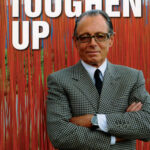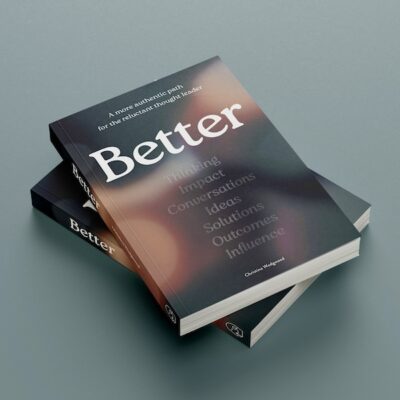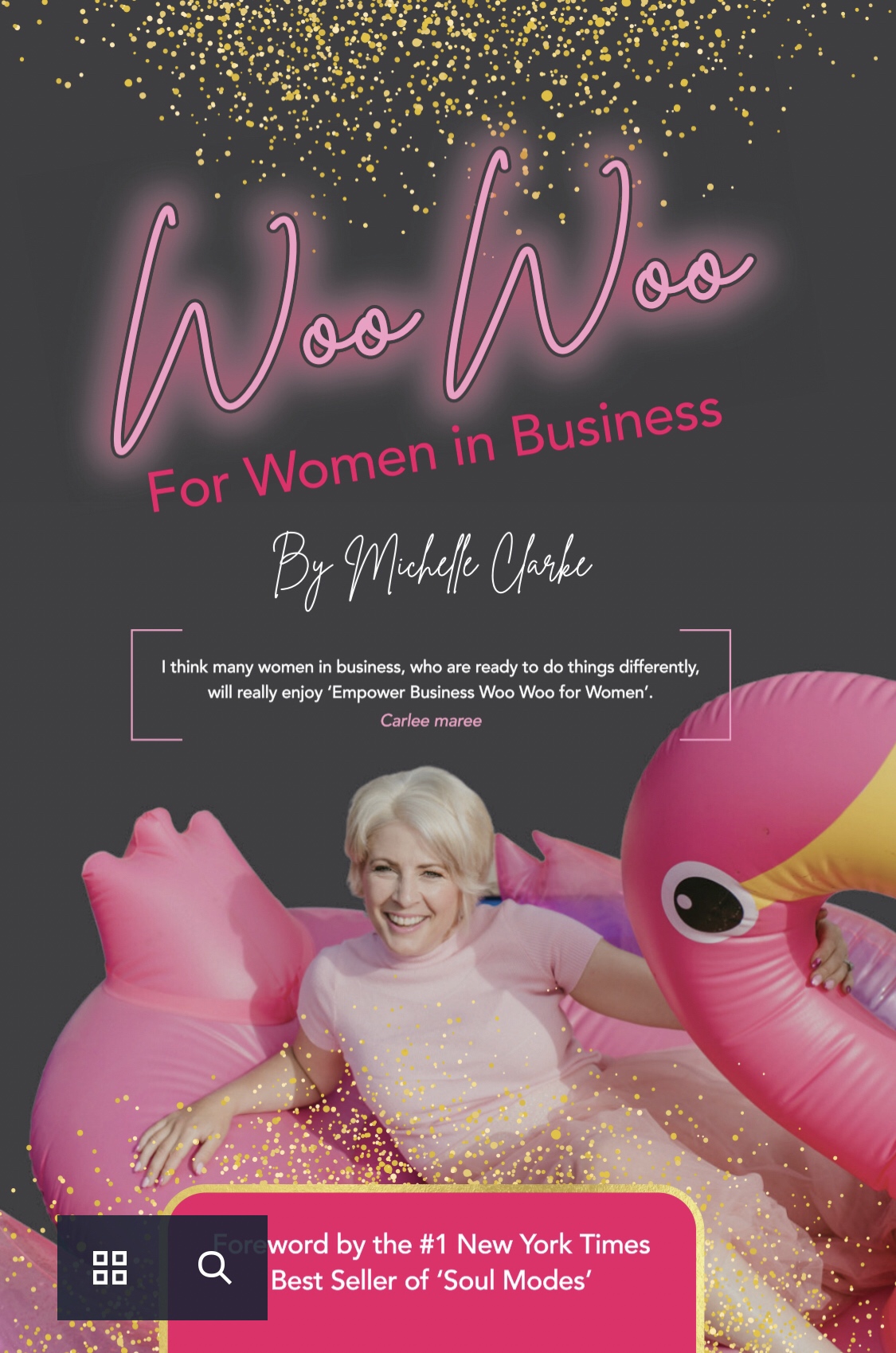The Jimmy Choo Story
Jimmy Choo is a household name to followers of luxury fashion. The exclusive London shoe brand hit the limelight when it was worn by Princess Diana and […]
1.9K
|
Jimmy Choo is a household name to followers of luxury fashion. The exclusive London shoe brand hit the limelight when it was worn by Princess Diana and in the fashion trend-setting series Sex in the City.
Packed with names of celebrities and glamorous designer brands, the 232-page paperback with index and notes (the Jimmy Choo Company did not participate in its writing, so quotes from key players come from published articles acknowledged in notes at the end), is described as “the tale of a London society girl who built up one of the most talked about shoe brands in the world”. The person referred to is Tamara Mellon (Yeardye) and the brand, Jimmy Choo. The story starts in May 2005 at the “4 Inches” auction and book launch at Christies in London, where proceeds from the photos of famous women in Cartier jewels and Jimmy Choo shoes went to support the Elton John AIDS Foundation. Six months earlier Jimmy Choo Ltd, the company that Tamara had spent the last eight years building, sold for £101 million. Less than two and half years later it sold again for £185 million, giving Tamara a net worth of upwards of £50 million. The authors, a fashion industry writer and an equity analyst, now MD of an investment company, explain the sales caught the attention of investment bankers, as not only did they happen in a relatively quiet time in mergers and acquisitions in the luxury goods sector, but they showed a luxury brand need not be hundreds of years old (like Prada and Gucci) to be successful. We soon learn there are two Jimmy Choo stories: Jimmy Choo, London based shoemaker producing one-offs for his socialite clientele – and a ready-to-wear line of shoes distributed worldwide under the Jimmy Choo name. The publication begins with background on Tamara Yeardye. It describes a free-spirited, party going, designer-clothes wearer. After a year at finishing school in Switzerland, some months in Paris and several jobs, it was when Tamara was working for Vogue magazine as assistant to the fashion director that she met Jimmy Choo. The next chapter is devoted to Malaysia-born Jimmy Choo, who studied in London as a teenager, returning again a few years later to learn more, before staying on to run a workshop with just a sewing machine and worktable. The beautifully crafted, one-off pairs of shoes, were soon sort after not only by magazine stylists, but privately by wealthy clients. The bulk of the publication outlines the coming together of Jimmy, Tamara and her entrepreneurial father Tom to develop a ready-to-wear line of shoes to be distributed under the Jimmy Choo name, alongside a Jimmy Choo range of one-offs for Choo’s socialite clientele. We follow how this developed and the many disagreements including legal disputes that took place between the Yeardyes and Choo. Facts, figures, names and dates detail how investment capital was found for various complicated company ownership changes involving equity firms like Phoenix Equity Partners, Lion Capital and Towerbrook. This book about ‘the business of luxury’ also delves into what was happening in the haute couture fashion world and with other luxury brands; for example the LVMH group – an international group with over 50 luxury brands, like Louis Vuitton, Moet et Chandon and Dior. Surprisingly there is a mention of New Zealand. We are told, it is often said that Tom Yeardye launched Vidal Sassoon, but “it was a New Zealand sheep farmer whose wife, Suna Prevost was a client”. Here’s a read that offers an illuminating insight into what is behind the creation and operation of a top world luxury label and how we are enticed to believe in it. Usefulness: 8.5/10 for insight 6/10 useful to business in NZ ISBN: 978 14088 00850 Linda Donald is an Auckland-based freelance writer and book reviewer. Email[email protected] |






